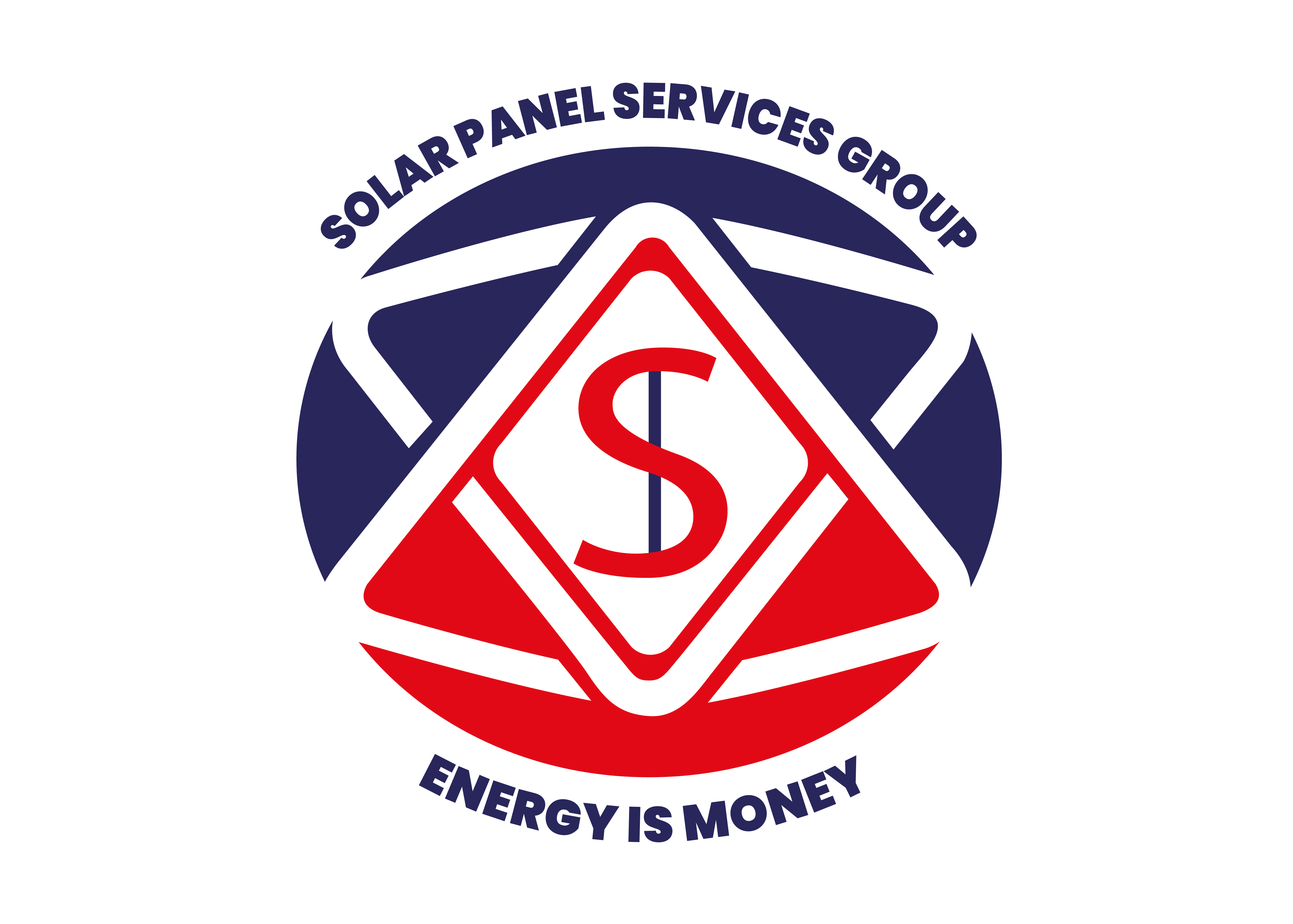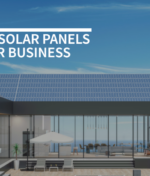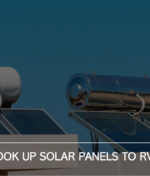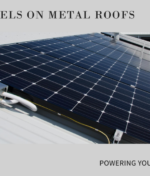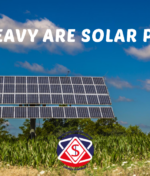
Can solar panels be installed on a metal roof |solar panel service group
Learn more about can solar panels be installed on a metal roof with expert guidance and valuable tips. Maximize your energy savings today!
Solar energy is rapidly becoming a popular and eco-friendly solution for homeowners and businesses to reduce their electricity bills and environmental footprint.
Solar panels are a key component of harnessing this clean energy source, but the question often arises: can solar panels be installed on a metal roof?
In this comprehensive guide, we will explore the compatibility of solar panels with metal roofing and the various factors to consider when making this green investment.
Benefits of Installing Solar Panels on Metal Roofs
Solar panels and metal roofs can be a perfect match, offering numerous advantages:
- Durability: Metal roofs are known for their longevity, often lasting 50 years or more. When installed correctly, solar panels can further extend the lifespan of your roof.
- Energy Efficiency: Metal roofing reflects sunlight and reduces heat absorption, helping your solar panels operate at maximum efficiency.
- Aesthetic Appeal: Solar panels can be integrated seamlessly with the sleek design of a metal roof, enhancing the overall curb appeal of your property.
Types of Metal Roofs Suitable for Solar Panels
Not all metal roofs are created equal. Some are more compatible with solar panel installations than others:
- Standing Seam Metal Roofs: These roofs have raised seams that make it easier to attach solar panels without drilling holes into the roof.
- Corrugated Metal Roofs: These roofs have a similar advantage as standing seam roofs, with the ability to mount solar panels without penetrating the roof surface.
- Metal Shingles: While they may require more care in the installation process, metal shingles can still accommodate solar panels effectively.
Roof Condition and Age
Before considering solar panel installation, assess the condition and age of your metal roof. If your roof is nearing the end of its lifespan, it may be more cost-effective to replace the roof first and then install solar panels. The weight of solar panels can add additional stress, which might not be suitable for an older roof.
Roof Orientation and Angle
The orientation and angle of your metal roof are crucial factors for solar panel efficiency. For optimal energy production, south-facing roofs with a slope between 30 to 45 degrees are preferred. However, panels can still be effective on east or west-facing roofs, and the angle can often be adjusted to maximize energy production.
Shading
Shading can significantly impact the performance of solar panels. Analyze the surrounding environment to ensure that trees, buildings, or other obstacles do not cast shadows on your solar panels during the day. Shade analysis tools can help you determine the best panel placement.
Local Building Codes and Regulations
Every location may have specific building codes and regulations related to solar panel installations. It’s essential to check with your local authorities and obtain the necessary permits and approvals before proceeding with installation.
Attachment Methods
When it comes to mounting solar panels on a metal roof, there are several attachment methods to consider:
Clamp Attachment: Special clamps are used to secure solar panels to the seams of standing seam metal roofs without drilling holes. This method is popular due to its non-invasive nature.
Ballasted Attachment: This method involves using weighted racks or ballasts to hold solar panels in place on the roof. It is suitable for metal roofs with a flat or low-slope design.
Penetrating Attachment: In some cases, it may be necessary to penetrate the roof with bolts or screws to secure solar panels. This method should be done by professionals to prevent any roof damage and ensure waterproofing.
Racking Systems
Solar panel racking systems are used to support and hold the panels securely in place. These systems can be customized to fit the specific design and layout of your metal roof. Racking systems are often made of lightweight and durable materials like aluminum or steel.
Roof Flashing
To maintain the integrity of your metal roof, proper flashing should be installed around the solar panel attachments. Flashing prevents water intrusion and leaks, ensuring your roof remains watertight.
Why Hire a Professional?
Installing solar panels on a metal roof is a complex task that requires experience and expertise. Professional solar installers have the necessary knowledge to evaluate your roof, design a custom solution, and ensure the installation complies with all regulations and safety standards.
Finding the Right Installer
When searching for a professional solar installer, consider the following:
- Experience: Look for installers with a proven track record in solar panel installations on metal roofs.
- Certification: Ensure the installer is certified and licensed in your area.
- References: Request references and read customer reviews to gauge the quality of their work.
- Cost: Get multiple quotes to compare prices and services.
Regular Maintenance
Once your solar panels are installed, regular maintenance is essential to ensure optimal performance. Common maintenance tasks include cleaning the panels, inspecting for debris or damage, and checking for any loose or damaged attachments.
Monitoring Performance
To track the performance of your solar panels, you can invest in a monitoring system. These systems provide real-time data on energy production, allowing you to identify and address any issues promptly.
Final Lines
Solar panels can indeed be installed on a metal roof, and when done correctly, it offers a plethora of benefits, including energy efficiency, aesthetic appeal, and environmental advantages.
To ensure a successful installation, it’s vital to consider factors such as roof condition, orientation, and shading, while adhering to local building codes.
Choosing the right attachment methods and racking systems, along with professional installation and regular maintenance, will help you maximize the performance and lifespan of your solar panel system on a metal roof.
As the demand for solar energy continues to rise, more homeowners and businesses are exploring this sustainable option, making it a valuable investment for both your property and the planet.
So, if you have a metal roof and are considering solar panels, rest assured that it’s a viable and environmentally responsible choice. Start your journey toward cleaner, more cost-effective energy today.
FAQs
- What type of metal roof is best for solar panels?
- The ideal type of metal roof for solar panels is standing seam metal roofing. This type of roof offers a smooth, continuous surface for panel installation and reduces the risk of leaks.
- Can I install solar panels on a corrugated metal roof?
- Yes, you can install solar panels on a corrugated metal roof, but it may require additional mounting hardware and precautions to ensure a watertight seal. It’s recommended to consult with a professional installer.
- Are there specific metal roof colors that are better for solar panels?
- Dark-colored metal roofs are generally better for solar panels, as they absorb more heat and can improve panel efficiency. However, the color choice should be based on your climate and aesthetic preferences.
- How does the roof pitch affect solar panel installation on a metal roof?
- The roof pitch can impact the energy production of solar panels. A steeper roof pitch is often better for solar panels as it maximizes sun exposure. However, solar panels can be installed on various roof pitches with the right mounting systems.
- What is the lifespan of a metal roof with solar panels?
- A well-maintained metal roof can last for 40-70 years, and solar panels typically have a lifespan of 25-30 years. It’s important to choose high-quality materials and ensure proper installation to maximize the life of your solar panel system on a metal roof.
